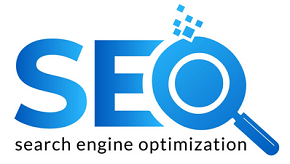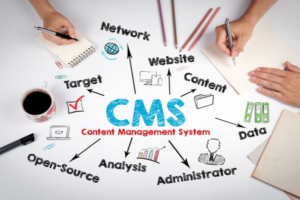
From Zero to Millions: A SaaS Marketing Agency Success Story
In the competitive world of SaaS, a brilliant product is only half the battle. The other half is getting it in front of the right people and converting them into paying customers. This is the story of CodeStream, a collaborative coding platform, and how a specialized SaaS marketing agency took them from zero revenue to millions in under two years.
The Starting Line: A Brilliant Product, Zero Traction
Amelia, the founder and CTO of CodeStream, was a product visionary. She had built a revolutionary platform that allowed software teams to write, review, and debug code together in real-time. The technology was flawless, the user experience was intuitive, and early feedback from her beta testers was ecstatic.
The problem? She had no users.
Amelia and her small team had tried everything: posting on social media, writing generic blog posts, and even running a few experimental ad campaigns. The results were disheartening. A handful of sign-ups trickled in, but the trial-to-paid conversion rate was a dismal 2%. They had built a rocket ship but couldn’t get it off the ground.
With no marketing engine and no revenue, Amelia made a critical decision: she partnered with Catalyst Digital, a SaaS marketing agency that specialized in taking technical products to market.
Phase 1: The Strategic Pivot—Building Trust, Not a Funnel
The first move by Catalyst Digital wasn’t to launch a new ad campaign. It was to kill their existing one. Their strategy was rooted in a deep understanding of the target audience: software developers. Developers are famously skeptical of marketing. They don’t want to be “sold to”; they want to be educated.
The agency’s strategic pivot was simple yet profound: stop selling the product and start solving the audience’s problems.
They scrapped the old, generic content and built a content machine focused on the specific, complex issues that developers face every day. They created:
- In-depth guides on optimizing technical debt.
- Tutorials on obscure coding languages.
- Comparison articles on different DevOps tools.
This was their “zero-to-one” moment. The agency wasn’t creating a funnel; they were building an engine of trust.
Phase 2: From Content to Qualified Leads
Within three months, the strategy started to pay off. The educational content began to rank on Google. Software engineers and engineering managers—the exact audience they needed—were finding CodeStream’s blog posts in their search for solutions.
The agency then connected this content to a revenue-generating machine:
- Gated Content: They created valuable lead magnets, such as a “Definitive Guide to Microservices” checklist, which required a user’s email to download. This captured a high-quality list of prospects.
- CRM & Nurturing: The agency integrated the marketing automation platform with the company’s CRM. When a lead downloaded a guide, they were automatically enrolled in a personalized email sequence that provided more value (not sales pitches) and, eventually, a clear call-to-action for a free trial.
- High-Intent Ad Campaigns: Instead of advertising the product, Catalyst Digital ran highly targeted paid campaigns to promote the educational content and lead magnets. This lowered their Customer Acquisition Cost (CAC) by attracting people who were already interested in the topics CodeStream was an expert in.
Phase 3: The Hockey-Stick Growth
The transformation was undeniable.
- Traffic: Monthly organic traffic surged from a few hundred visitors to over 20,000 within the first year.
- Leads: Qualified leads, now clearly defined and scored, began to flow in predictably. The MQL-to-SQL conversion rate shot up from near zero to a healthy 15%.
- Revenue: The once-stagnant trial sign-ups turned into a predictable stream of paying customers. The trial-to-paid conversion rate increased to 10%, and the new revenue allowed CodeStream to invest in more engineers, new features, and a small sales team.
By the end of the second year, the company had reached over $2 million in Annual Recurring Revenue (ARR). The “zero” was a distant memory. The success wasn’t due to a single trick or a huge ad spend. It was the result of a strategic partnership that understood the audience, built a foundation of trust, and turned a brilliant product into a viable, revenue-generating business.
The untold secret of their success was the agency’s ability to see past the vanity metrics and focus on the one thing that truly mattered: building a sustainable, predictable growth engine from the ground up.


